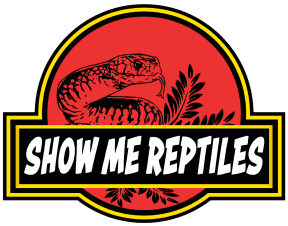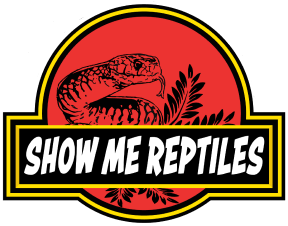The conservation of wildlife is a multifaceted endeavor, combining the efforts of field researchers, habitat protectors, environmental advocates, and, increasingly, the communal contributions of dedicated reptile breeders. The practice of breeding reptiles in captivity is not just a passion project reserved for enthusiasts, but a strategic initiative that holds promise for the preservation of wild reptile populations. Captive breeding can be a sustainable force for conservation.
Sustainable Alternatives for Trade
The trade in exotic pets is one of the pressures facing wild populations of reptiles. Captive breeding offers a sustainable alternative by providing a supply for the pet trade that does not directly impact wild stocks. As more captive-bred animals become available, the demand for wild-caught specimens - often a cause of decline in native populations - can decrease.
Reinforcement of Endangered Species
Reptiles that are threatened in the wild due to habitat loss or poaching can be bred in captivity to create ‘assurance populations’. These cultivated groups act as a safeguard against total loss and can be used for reintroduction into the wild once their natural habitats are secured and restored.
Genetic Reservoirs
Captive breeding programs maintain genetic diversity, which is a critical component of species resilience. By careful matching of breeding pairs, geneticists and breeders can ensure the long-term viability of captive populations that might one day be vital in repopulating natural habitats.
Raising Awareness
Captive reptile breeding can play a role in education, teaching the public about the needs and plights of these animals. Public interactions with reptiles can foster a greater appreciation and lead to increased support for conservation efforts.
Collaboration with Research
Captive breeding facilities often work in conjunction with educational institutions and researchers. They offer opportunities for scientific studies and observation that can be difficult or even impossible in the wild due to the reclusive nature of many reptile species.
Ex Situ Conservation
Zoos and conservation centers conduct breeding programs under the banner of 'ex situ conservation'. These initiatives focus on breeding reptiles with the ultimate goal of reintroduction, and they prioritize genetic health and survival skills that will be essential once the animals return to the wild.
Impact Assessment
For captive breeding to be effective in conservation, it must be conducted responsibly. There is a need for careful assessment of the environmental impacts, such as diseases that captive-bred reptiles might carry into wild populations during reintroductions.
Welfare Standards
The welfare of captive-bred reptiles is also paramount. Ethical breeding practices ensure that the life in captivity is as natural and stress-free as possible for the animals. Good welfare conditions are essential for producing healthy individuals capable of surviving in the wild.
Captive breeding presents a beacon of hope for the conservation of reptiles. By alleviating collection pressures on wild populations, supporting education, and facilitating research, reptile enthusiasts and conservationists can closely collaborate toward the shared goal of preserving these remarkable creatures for future generations.
Crucially, captive breeding should be seen as one part of a broader conservation strategy that includes habitat protection, anti-poaching efforts, and the fight against illegal wildlife trade. When conducted ethically and in conjunction with in-situ conservation efforts, breeding reptiles in captivity can be an instrumental tool in maintaining the planet’s biodiversity and ensuring that reptile populations continue to thrive both in the wild and under human care.







